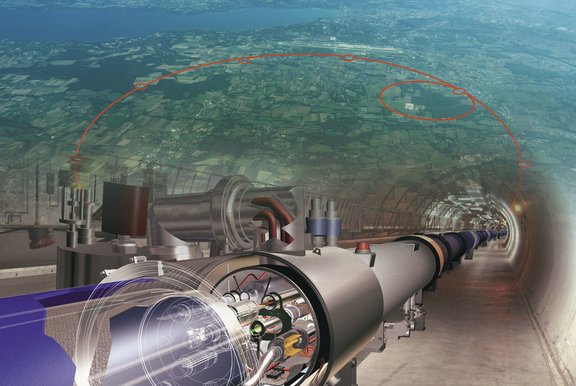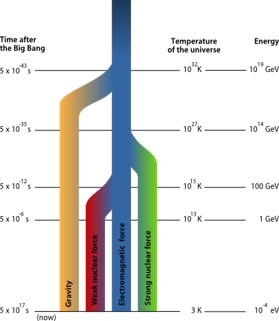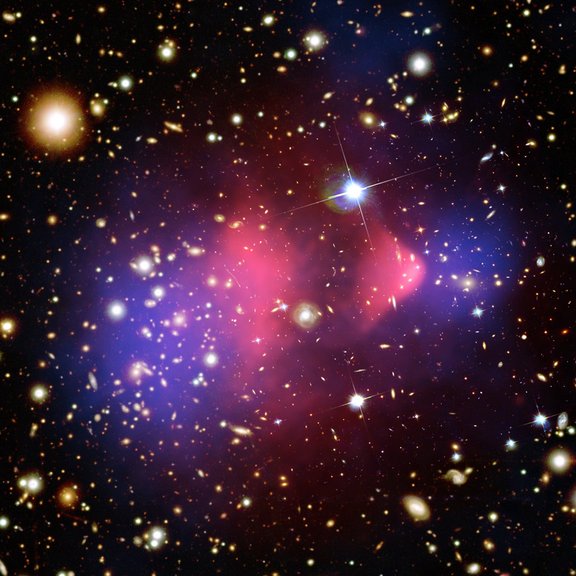Model Building: Finding the Completion of the Standard Model
The Standard Model (SM) of particle physics provides an excellent description of nature up to scales currently tested at the CERN Large Hadron Collider (LHC), exceeding the scale of electroweak interactions MEW ~100 GeV. Still, it does not explain all observations and there remain many unresolved questions on nature, see below. Formulating theories that could complete the SM at smallest CERN LHC distances is one of the major goals of the group NEWFO.
- Why is the electroweak scale so small:
MEW << MPL ~1019 GeV (the ‘hierarchy problem’)? - How can gravity be incorporated?
- Why are neutrino masses so tiny?
- (How) do the fundamental forces unify?
- Why are fermion masses and mixings so hierarchical?
- How could our universe emerge (the SM does not allow for the correct abundance of baryons)?
- What is the non-baryonic ‘Dark Matter’?
- What is the (dynamical) trigger for the breaking of electroweak symmetry?
- Why is CP so well conserved in strong interactions?
The SM
Forces are described by local symmetry groups and mediated by corresponding bosonic particles.



